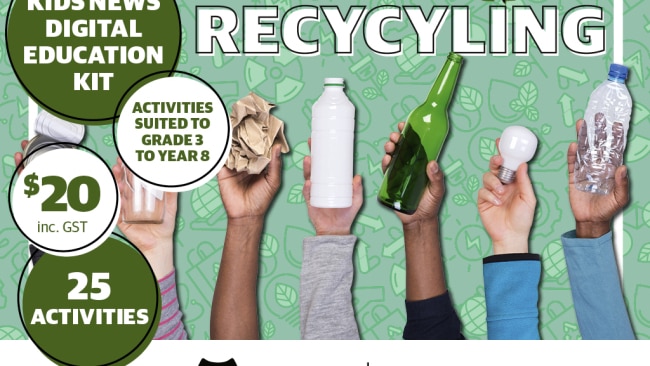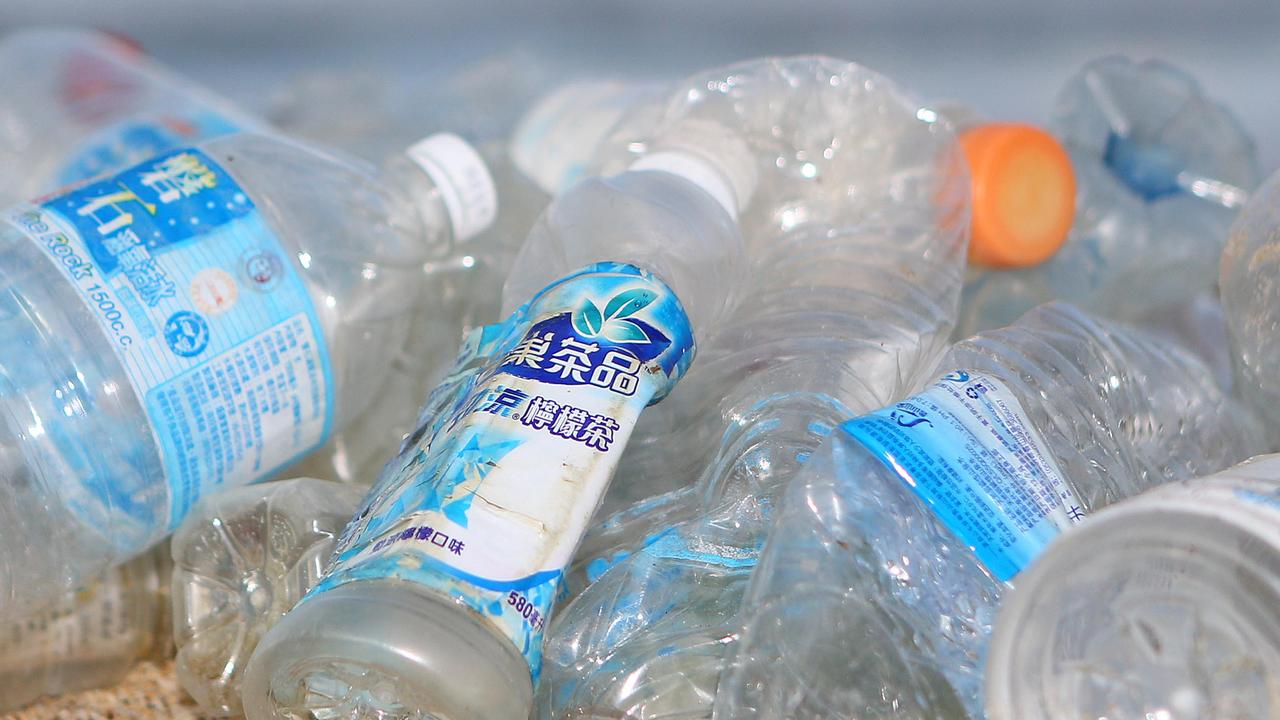We follow recycled rubbish from the bin and back to you again as something new
PART FOUR: Putting recyclables into a big bin and watching a recycling truck drive away isn’t the end of it. Follow your recycling from the bin to back out into the market as a new item
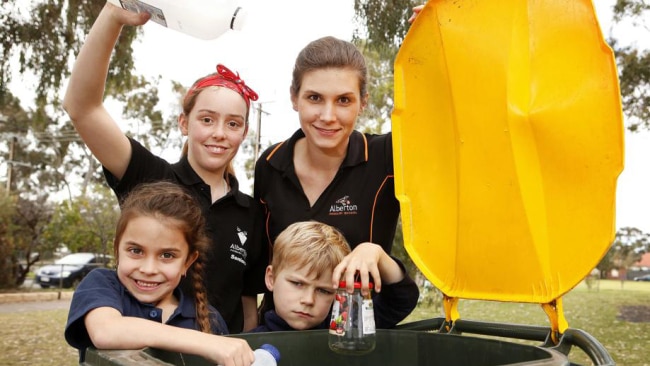
READING LEVEL: GREEN
Turning our recycling into something that can be used again takes a lot of effort between councils, recycling and waste management companies and the companies that turn the recycled goods into new products.
Let’s follow the journey.
FROM BINS TO SORTING STATIONS
While it varies depending on where you live, usually once the recycling is picked up by the council truck it is taken to a sorting depot*. This place is called an MRF, which is short for Materials Recovery Facility.
The MRF is the place where the recycling is sorted by its type, such as paper, glass, metal or plastic.

The first step at many MRFs is for the recycling to be loaded onto a conveyor belt*.
People help with the process along the conveyor belt by removing any waste that shouldn’t be there. This is time-consuming* work.
Special sorting machines then separate the recycling into its groups.
VIDEO: Plastic bottles being sorted at the Penrith Recycling Centre
These machines include a trammel, which is like a giant sieve that separates small and large items.
Ballistic separators sort by size and weight and physical characteristics and are able to shake broken glass from paper and cardboard. Optical sorters use cameras or lasers to separate plastic containers. Magnets pick up steel cans and fans blow paper apart from heavier items.
SELLING OUR RECYCLING
Once the recycling has been sorted and grouped together it is sold to companies in Australia and overseas to be turned back into a usable product.
Until recently China bought a lot of our recycled waste. But new rules in China about the quality of the waste mean it no longer wants what we sell.

Other countries do buy some of our waste, including Indonesia, Thailand, Malaysia, Vietnam, Republic of Korea and Taiwan but not enough to make up for what China once bought.
Australia now needs to find a use for the recycling that we previously sold to China or it may end up in landfill*.
WHAT RECYCLING IS USED FOR
Recycled waste can be turned back into a huge range of new products. Some are surprising!
Used paper is one product that is easily made into new, recycled paper. The paper is first cleaned and then turned into paper pulp*. Recycled paper is now such good quality that it is hard or impossible to tell it has been made from recycled paper. Did you know that recycled paper can also be used to make kitty litter?
Glass bottles and jars are 100 per cent recyclable, meaning every part can be remade into a new glass container — every time. It can also be broken down to make sand, which has many uses, including for road building.
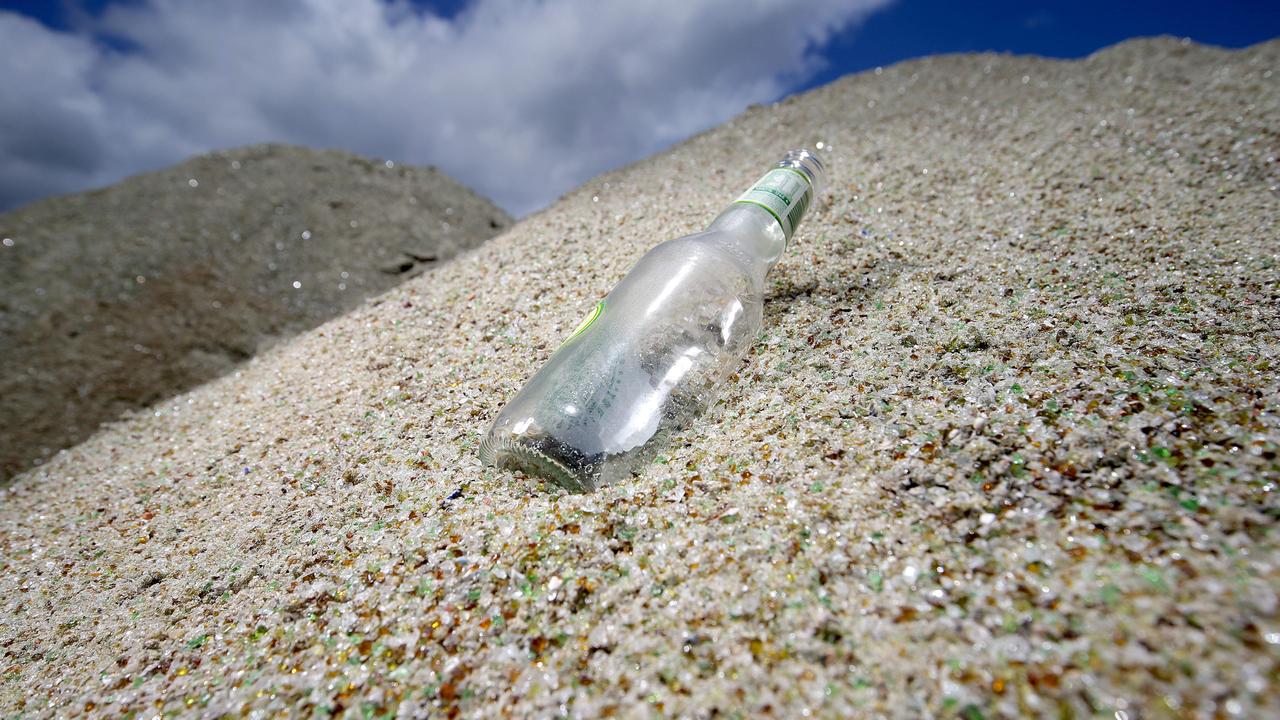
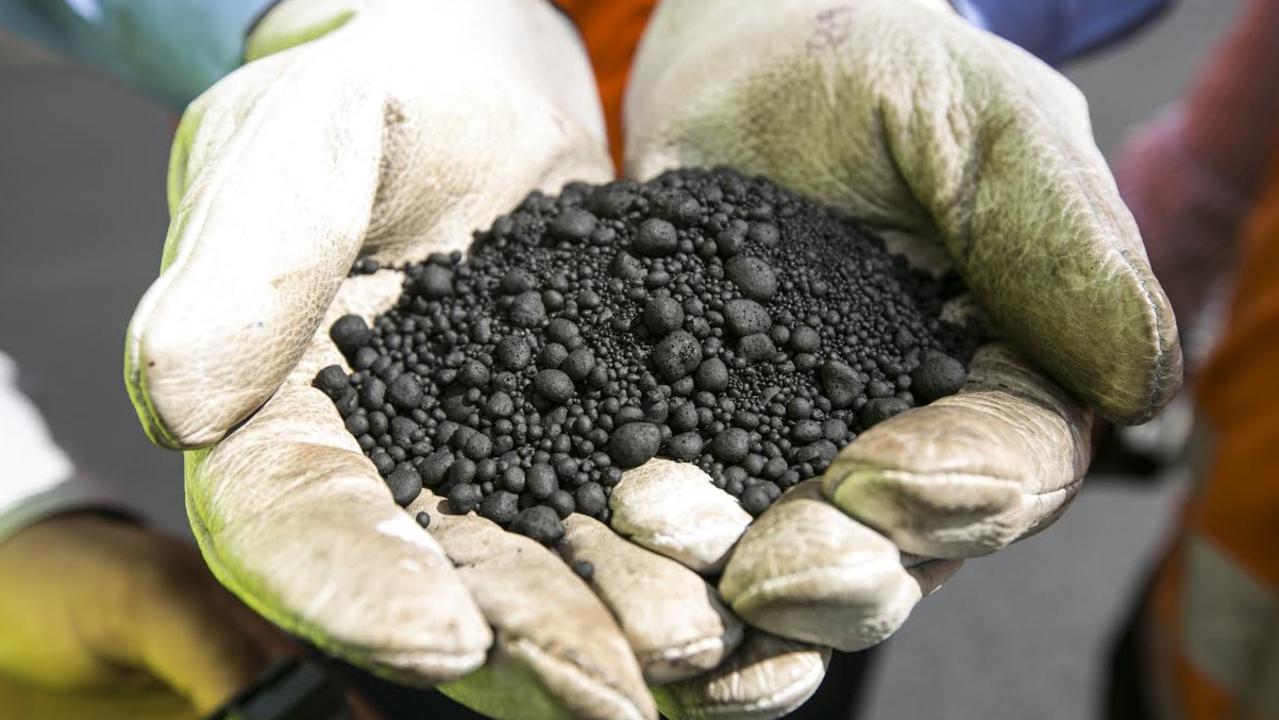
Used printer ink cartridges can also be used as asphalt* in road building.
Even tyres can be recycled and used for road building and also to make soft mats for playgrounds and gyms.
Aluminium is endlessly recyclable and very efficient. Recycling an aluminium can into a new can only uses 5 per cent of the energy and emits* 5 per cent of the greenhouse gases compared to making a can from new aluminium, according to the Australian Aluminium Council.
Plastic can be recycled into new plastic containers and it can also be used to make products such as polar fleece, carpet, floor mats, tiles, motor oil, pipes, plant pots and outdoor furniture.
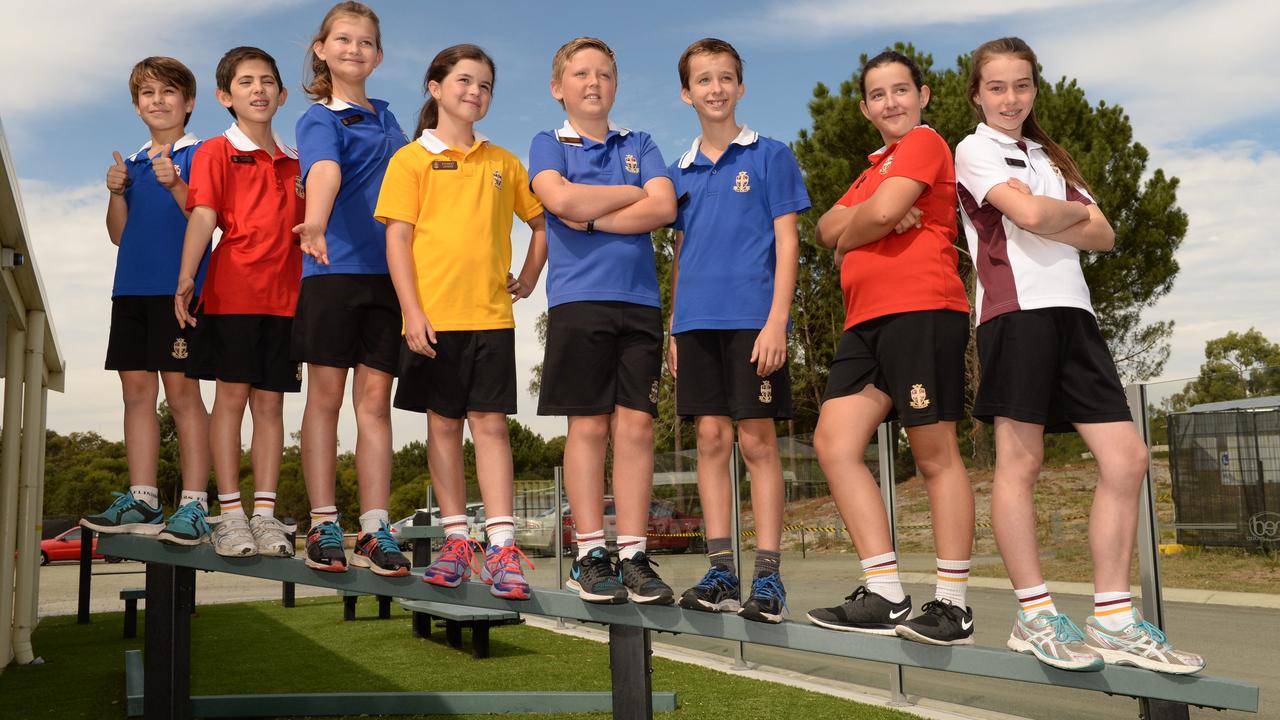
RECYCLING E-WASTE
We love our tech gadgets but they’re causing another big problem: e-waste.
The good news is that even e-waste can be recycled. E-waste includes items such as TVs, laptops, desktop computers, tablets and computer accessories such as scanners and printers.

In Australia, an organisation called TechCollect accepts e-waste. TechCollect takes items apart and sorts them into categories such as glass, metals and plastic. Batteries, ink cartridges and computer circuit boards are also sorted for recycling.
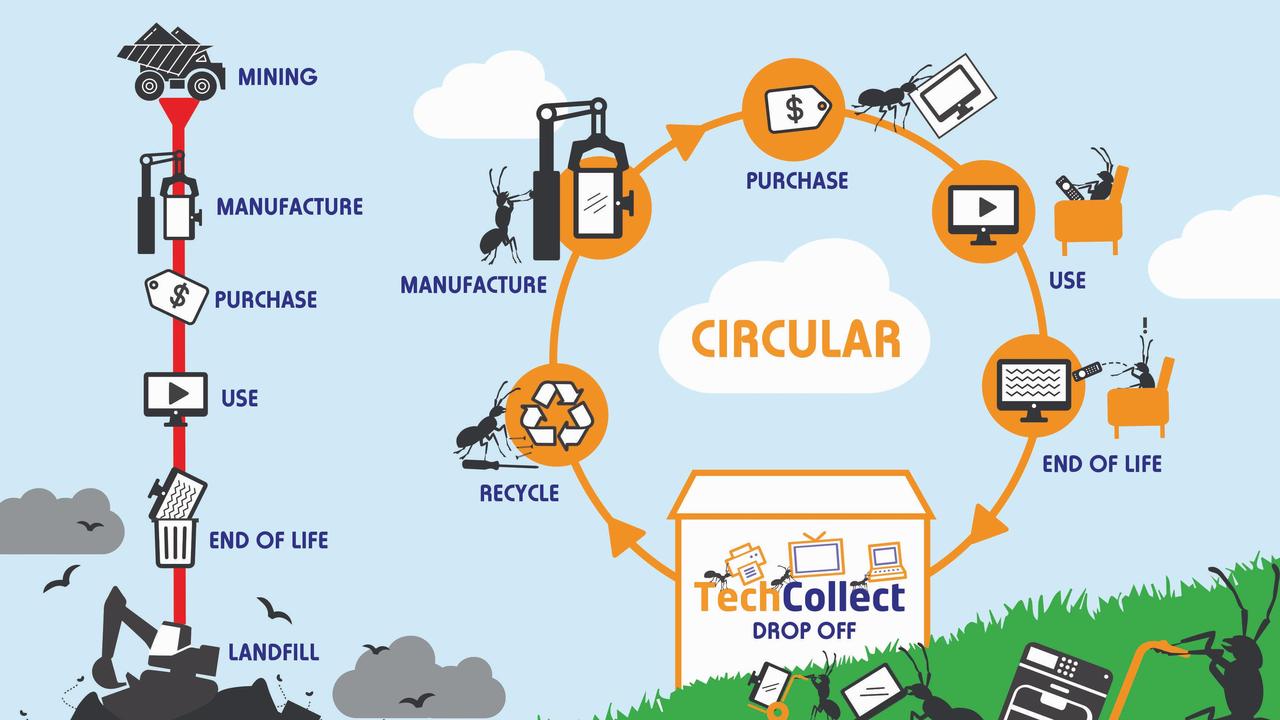
Another organisation called Mobile Muster accepts old mobile phones for recycling. Almost all parts of a mobile phone can be broken down into raw materials, such as glass, aluminium gold, silver and copper, plastic and cardboard packaging. Even old batteries can be recycled and made into new batteries.

Since Mobile Muster started in 1998, more than 10 million handsets and mobile phones have been recycled. Recycling one mobile phone has the same environmental benefit as planting one tree. You can check the positive environmental impact recycling phones has with the Mobile Muster calculator at calculator.mobilemuster.com.au
EXTRA READING
Part Three: Australian recycling — then and now
Part Five: Comparing Australian recycling to the rest of the world
Part Six: You can be a great recycler
FOR ALL RECYCLING STORIES, click HERE
GLOSSARY
depot: collection or holding place
conveyor belt: a continuous moving band of fabric, rubber, or metal used for transporting objects from one place to another
time-consuming: takes a lot of time
landfill: rubbish that goes to a rubbish tip, or landfill site
pulp: soft, wet, shapeless mass of material
asphalt: bitumen; sticky black road material
emits: produces
LISTEN TO THIS STORY
25 CLASSROOM ACTIVITIES
For classroom activities on this story and much more, go to https://kidsnews.myshopify.com/products/kids-news-digital-education-kit-recycling to purchase the recycling workbook with 25 activities for the early bird price of just $5 (including GST).
Early bird offer ends at 5pm on December 14. Thereafter, the price increases to $20 inc GST.
SOURCES
Australian Aluminium Council, visit aluminium.org.au/aluminium/recycling
Planet Ark, visit planetark.org
TechCollect, techcollect.com.au/education
Mobile Muster, mobilemuster.com.au/recycling
Sustainability Victoria, visit sustainability.vic.gov.au/You-and-Your-Home/Waste-and-recycling/Recycling
